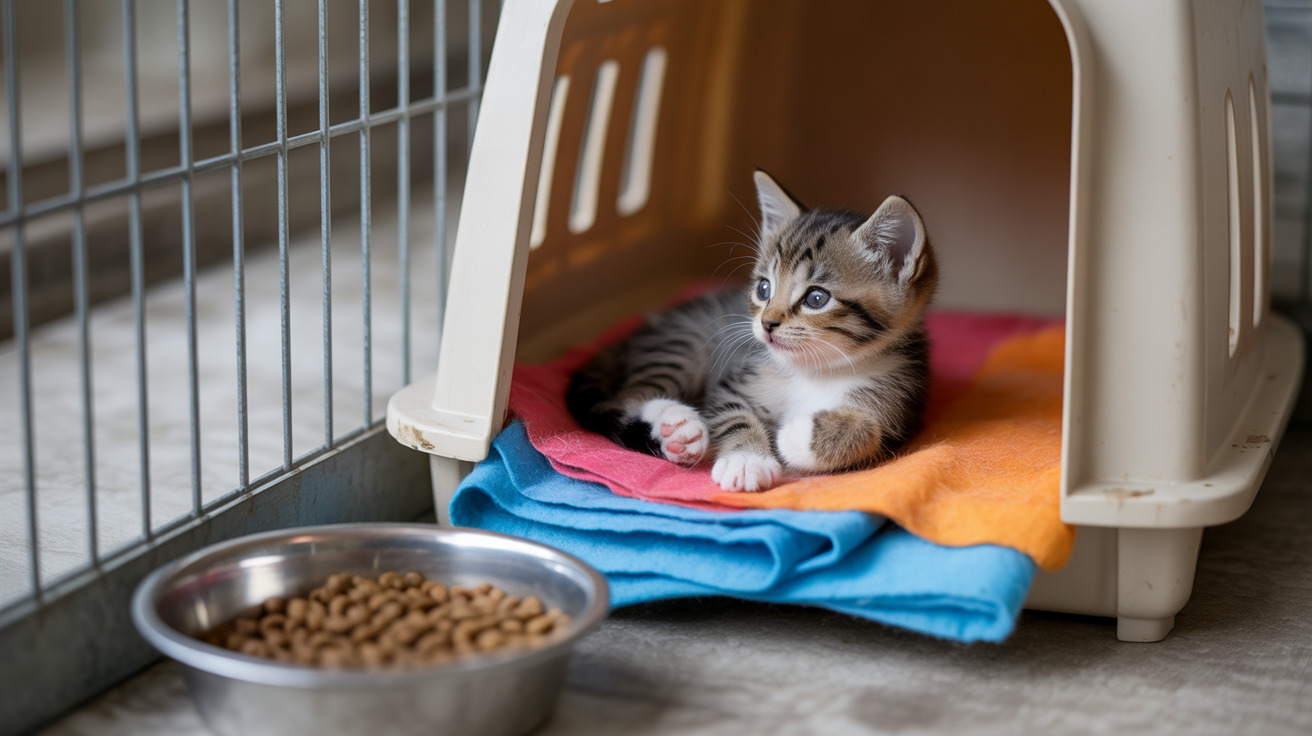What Does Coccidia Poop Look Like in Dogs?
One of the earliest signs of coccidiosis in dogs is unusual feces. Recognizing the appearance of stool from an infected animal is critical for early intervention and effective treatment. Coccidiosis is caused by microscopic protozoa that affect the intestinal lining, and symptoms can vary depending on the infection level and the dog’s age and immune system strength.
Common Characteristics of Coccidia-Related Dog Poop
Dogs infected with coccidia often exhibit distinctive stool properties. Be on the lookout for these hallmark signs:
- Watery or Loose Stool: Diarrhea is one of the most common symptoms. The stool may lack its usual consistency.
- Presence of Mucus: Some stool samples will have visible mucus, indicating irritation of the intestinal lining.
- Bloody Stool: The poop may contain flecks of bright red or dark blood. Especially in puppies, this can signify more severe infection.
- Foul Odor: The smell can be more pungent or rotten compared to healthy stool.
- Increased Frequency: Dogs may defecate more often, with smaller amounts that look abnormal each time.
Understanding the Organism
Coccidia are not worms but single-celled organisms. Most dogs are exposed to coccidia via ingestion of infected feces or contaminated soil. Once inside, the protozoa reproduce in the intestines, damaging the lining and causing digestive symptoms. Albon (sulfadimethoxine) is the FDA-approved treatment used to eradicate these parasites.
Effective Treatment with Albon
Albon works by inhibiting folic acid production in protozoa, preventing replication. It is available in convenient forms — custard-flavored liquid, tablets, or injections. Treatment typically begins with a loading dose and continues at a reduced dose for 3–5 days until symptoms resolve. The medication should be administered for at least 48 hours past clinical recovery to ensure all parasites are eliminated.
- Initial Dose: 25 mg/lb body weight
- Maintenance Dose: 12.5 mg/lb every 24 hours
- Duration: Usually 3–5 days, based on symptom severity
It's important to shake the suspension well and dose precisely using a syringe or measuring cup. Offering the medication with food may reduce gastrointestinal side effects such as nausea or vomiting.
Monitoring and Side Effects
While many pets tolerate Albon well, some may experience side effects such as:
- Decreased Appetite
- Vomiting
- Loose Stools or Diarrhea
Serious reactions such as dry eye, allergic responses (facial swelling, hives), and kidney or liver issues are rare but possible. Doberman Pinschers, Samoyeds, and Miniature Schnauzers may be more prone to these complications.
Owners should monitor for changes in eating habits, urination patterns, or eye discomfort. Promptly report unusual symptoms to a veterinarian.
Prevention and Hygiene Tips
Because coccidia is spread through fecal-oral contact, cleanliness is key:
- Remove feces immediately from yards or kennels
- Clean bowls regularly to avoid contamination
- Disinfect surfaces often (use appropriate pet-safe cleaners)
- Isolate infected dogs during treatment to avoid spreading the protozoa
- Regular vet checkups, especially for puppies or immunocompromised animals
When to See a Vet
If your dog shows signs like frequent diarrhea, especially with mucus or blood, immediate veterinary evaluation is essential. Puppies are particularly vulnerable to dehydration and nutritional loss due to diarrhea, and untreated coccidiosis can be fatal. A vet can perform a fecal test to confirm the presence of coccidian oocysts and prescribe the correct treatment.
Conclusion
Spotting coccidial diarrhea early — typically watery, mucous-filled, or bloody stool — allows for quicker intervention and recovery. Albon remains one of the most effective and well-tolerated treatments. Always complete the full course, even if symptoms improve, and maintain strict hygiene to prevent recurrence or spread to other pets. With prompt care and cleanliness, most dogs recover fully without complications.





